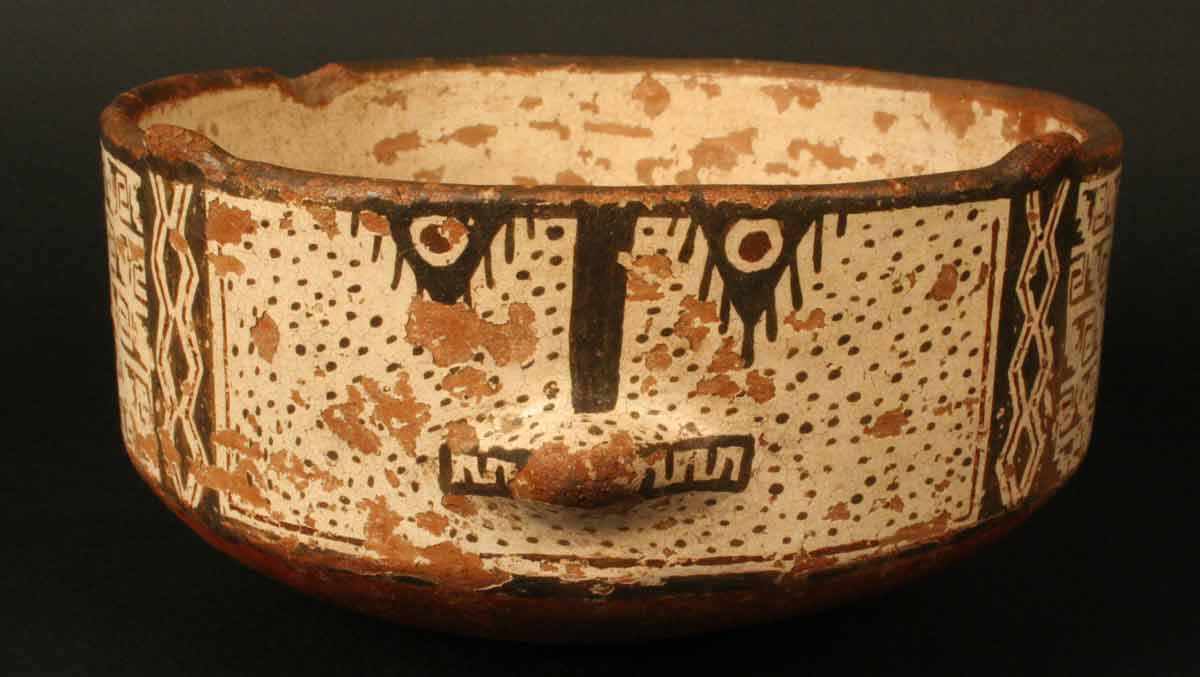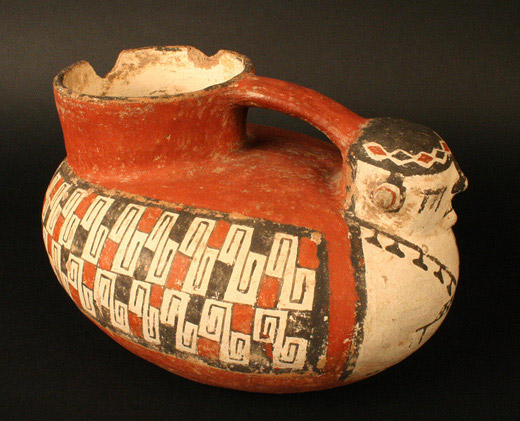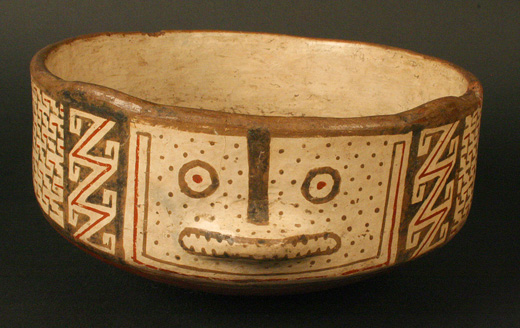Argentine Diaguita Ceramics

Eric boman consideraba que los que vivían al oeste de la cordillera de los andes eran llamados chili.
Argentine diaguita ceramics. Eastern or argentine diaguitas lived in the provinces of la rioja and catamarca and part of the provinces of salta san juan and tucumán. Diaguita es la denominación quechua con etimología aimara 2 que significa serrano impuesto por los incas divulgada luego por los españoles de un conjunto de pueblos independientes con un idioma común el cacán. Diaguita ceramics exhibiting bird feline and reptile faces the diaguita identified with certain animals that personify specific attributes. The calchaquí a northwestern argentine subgroup of the diaguita are the best documented.
They preferred the colors white red and black. They had sophisticated architectural and agricultural techniques including irrigation and are known for their ceramic art. Pick up a book on the history of northwest argentina and one is likely to find it begins with the arrival of the spanish or at least the expansion of the incan empire southward from peru. Diaguita indian peoples of south america formerly inhabiting northwestern argentina and the chilean provinces of atacama and coquimbo.
Ellos se autodenominaban pazioca o paccioca. Over time the diaguita people began to form their own identity and broke free from the influence of the molle and reached a growing autonomy. Diaguita peoples were one of the most advanced pre columbian cultures in argentina. The diaguita people are a group of south american indigenous people native to the chilean norte chico and the argentine northwest western or chilean diaguitas lived mainly in the transverse valleys incised in a semi arid environment.
Aɾxenˈtina officially the argentine republic spanish. En el noroeste argentino. Written by martin pekarek edited by jodi lorimer translated by valentina. República argentina is a country located mostly in the southern half of south america sharing the bulk of the southern cone with chile to the west the country is also bordered by bolivia and paraguay to the north brazil to the northeast uruguay and the south atlantic ocean to the east and the drake passage.



















